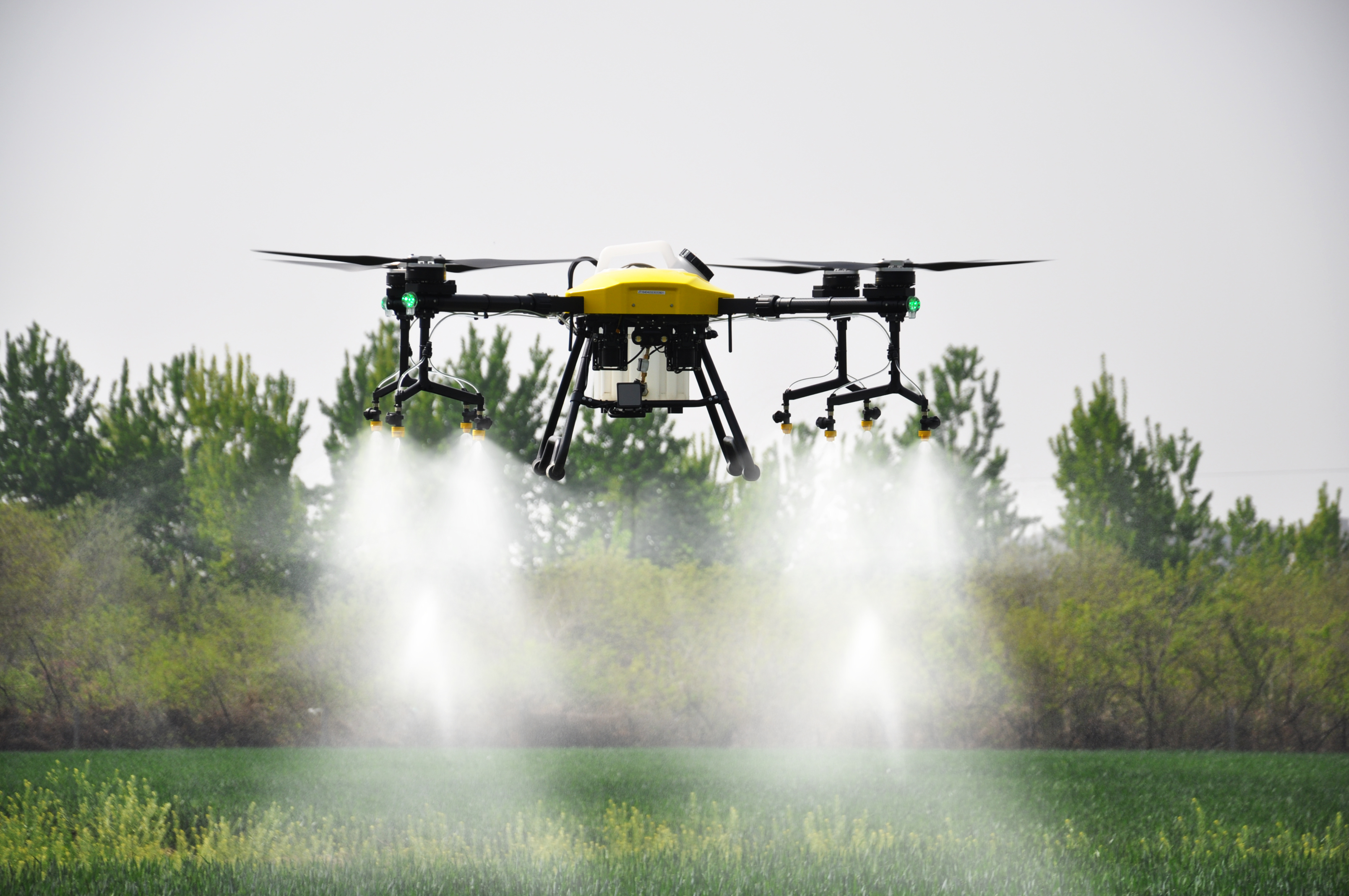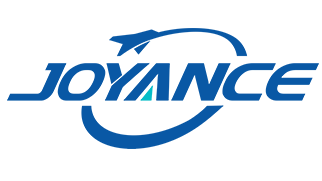What is the introduction use of drone technology in agriculture?
Views: 7 Author: Site Editor Publish Time: 2024-02-01 Origin: Site

The introduction of drone technology in agriculture has brought about enormous advancements, reworking traditional farming practices and improving precision agriculture. Here are a number of the preliminary makes use of and introductions of drone technology in agriculture:
Aerial Imaging and Surveying:
Drones prepared with cameras had been initially used for shooting excessive-decision aerial imagery of agricultural fields. This imagery supplied farmers with a fowl’s-eye view in their vegetation, taking into consideration early identity of troubles inclusive of nutrient deficiencies, pest infestations, or irregular plant growth.
Crop Monitoring:
Drones facilitated regular and systematic crop tracking. Farmers may want to deploy drones to survey huge areas speedy, gaining insights into crop health, boom styles, and capability problem regions. This information became precious for making knowledgeable selections about crop management.
Precision Agriculture:
The use of drones marked the appearance of precision agriculture. By integrating numerous sensors, which include multispectral and thermal cameras, drones should collect facts on soil conditions, moisture stages, and crop health. This allowed farmers to apply inputs which includes water, fertilizers, and insecticides greater exactly, optimizing useful resource use.
Mapping and 3D Modeling:
Drones were employed for mapping agricultural fields and creating 3-D fashions. These maps provided farmers with specific information about the topography in their land, helping them plan and manipulate the layout of plants extra correctly.
Early Disease Detection:
Drones equipped with specialised sensors could detect symptoms of illnesses or pressure in plants earlier than they have become visible to the naked eye. Early detection allowed farmers to implement focused interventions and save you the spread of illnesses.
Irrigation Management:
Drones performed a function in optimizing irrigation control with the aid of assessing soil moisture levels across fields. Farmers may want to use this records to decide whilst and wherein to irrigate, improving water-use efficiency.
Spraying and Application of Inputs:
The introduction of spraying drones allowed for particular and controlled application of pesticides, herbicides, and fertilizers. This decreased chemical utilization, minimized environmental impact, and elevated the performance of crop treatment.
Yield Monitoring:
Drones contributed to yield tracking with the aid of providing facts on crop density and estimating yields before harvest. This records helped farmers plan harvesting logistics and make informed advertising decisions.
Livestock Monitoring:
Drones had been utilized for tracking and handling farm animals by way of supplying aerial views of pastures. This allowed farmers to assess the health and conduct in their animals and make informed decisions approximately herd management.
Data-Driven Decision Making:
The facts amassed by using drones paved the way for statistics-pushed choice-making in agriculture. Farmers should analyze and interpret the facts amassed by drones to make informed selections approximately crop management, useful resource allocation, and average farm operations.
The creation of drone era in agriculture has been instrumental in transitioning from conventional farming practices to greater efficient, sustainable, and information-pushed processes. As generation continues to evolve, new packages and improvements are probable to similarly beautify the function of drones in cutting-edge agriculture.
CONTACT US
Phone/Wapp : +86 152 6961 6614
E-mail : sales@spreaderdrone.com




